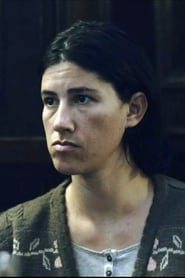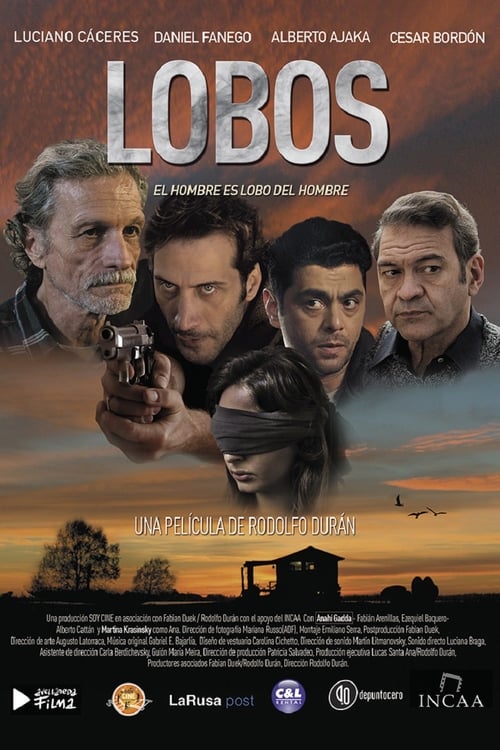
Ask Your Own Question
What is the plot?
What is the ending?
In the ending of "A Sort of Family," the protagonist, Malena, faces the emotional turmoil of her choices regarding the adoption of a child. After a series of confrontations and realizations, she ultimately decides to return the child to his biological mother, reflecting on her own life and the complexities of motherhood.
As the film approaches its conclusion, we find Malena in a state of deep contemplation. She has been grappling with the implications of adopting a child, a decision that has weighed heavily on her heart. The emotional strain is palpable as she navigates her feelings of attachment to the child, whom she has come to care for deeply, and the reality of the situation.
In a pivotal scene, Malena visits the biological mother, a moment filled with tension and uncertainty. The atmosphere is thick with unspoken words as Malena confronts the mother, who is both vulnerable and defensive. This encounter forces Malena to reflect on her own desires and the ethical complexities of adoption. The emotional stakes are high, and the weight of her decision looms over her.
As the narrative unfolds, Malena ultimately makes the heart-wrenching decision to return the child. This moment is marked by a profound sense of loss and resignation. She understands that her desire to be a mother cannot overshadow the child's need for his biological family. The scene is heavy with emotion, as Malena embraces the child one last time, tears streaming down her face, embodying the pain of letting go.
In the final moments of the film, we see Malena walking away, her face a mixture of sorrow and acceptance. She has come to terms with her limitations and the reality of her situation. The camera lingers on her as she steps into the unknown, symbolizing her journey of self-discovery and the complexities of love and family.
The fate of the main characters is intertwined with this emotional climax. Malena, having faced her own desires and the harsh truths of motherhood, is left to navigate her life with a renewed understanding of what it means to be a parent. The biological mother, though initially portrayed with conflict, is given a chance to reclaim her role in her child's life. The child, returned to his mother, is positioned to grow up in a family that is biologically connected, albeit with the emotional scars of separation.
In summary, the ending of "A Sort of Family" encapsulates the intricate dynamics of love, loss, and the difficult choices that define the human experience, leaving the audience with a poignant reflection on the nature of family and belonging.
Is there a post-credit scene?
The movie "A Sort of Family," produced in 2017, does not contain a post-credit scene. The film concludes its narrative without any additional scenes or content after the credits roll. The story wraps up with a focus on the emotional and moral complexities faced by the characters, particularly the protagonist, as she navigates her challenging circumstances. The absence of a post-credit scene allows the audience to reflect on the themes of family, identity, and the consequences of choices made throughout the film.
What motivates the main character, Malena, to pursue the adoption of a child?
Malena, played by Bárbara Lennie, is driven by a deep desire to become a mother, which is compounded by her struggles with infertility. Her emotional turmoil and longing for a family push her to pursue the adoption of a child, despite the complexities and challenges that come with it.
How does Malena's relationship with her husband, Felipe, evolve throughout the film?
Malena's relationship with Felipe, portrayed by Leonardo Sbaraglia, becomes strained as the adoption process unfolds. Initially supportive, Felipe grows increasingly distant and frustrated with the emotional toll the adoption takes on Malena, leading to tension and conflict between them as they navigate their differing views on parenthood.
What challenges does Malena face during the adoption process?
Throughout the adoption process, Malena encounters numerous challenges, including bureaucratic obstacles, emotional setbacks, and the societal stigma surrounding her decision. She faces skepticism from social workers and struggles with her own insecurities, all of which test her resolve and commitment to becoming a mother.
How does the character of the biological mother, who is involved in the adoption, impact Malena's journey?
The biological mother, who is a significant figure in the adoption process, adds layers of complexity to Malena's journey. Her presence evokes feelings of empathy and conflict within Malena, as she grapples with the implications of taking a child away from their biological family while also yearning for her own motherhood.
What role does the setting play in shaping the narrative of A Sort of Family?
The setting, primarily in Argentina, plays a crucial role in shaping the narrative. The cultural and social dynamics of the country influence the adoption process, highlighting issues of class and privilege. The contrasting environments, from the bureaucratic offices to Malena's personal life, reflect her internal struggles and the societal pressures she faces.
Is this family friendly?
"A Sort of Family," directed by Diego Lerman, is not considered family-friendly due to its mature themes and emotional intensity. The film explores complex issues surrounding adoption, family dynamics, and personal loss, which may be challenging for children or sensitive viewers.
Potentially objectionable or upsetting aspects include:
- Emotional Turmoil: The protagonist experiences significant emotional distress, which may be difficult for younger audiences to process.
- Themes of Loss: The film delves into themes of abandonment and the struggles of forming familial bonds, which can be heavy and unsettling.
- Conflict and Tension: There are scenes of interpersonal conflict that may evoke feelings of discomfort or anxiety.
- Realistic Portrayal of Adoption: The film presents a raw and realistic view of the adoption process, including the complexities and ethical dilemmas involved, which may be distressing.
Overall, the film's exploration of these serious themes makes it more suitable for mature audiences.


























